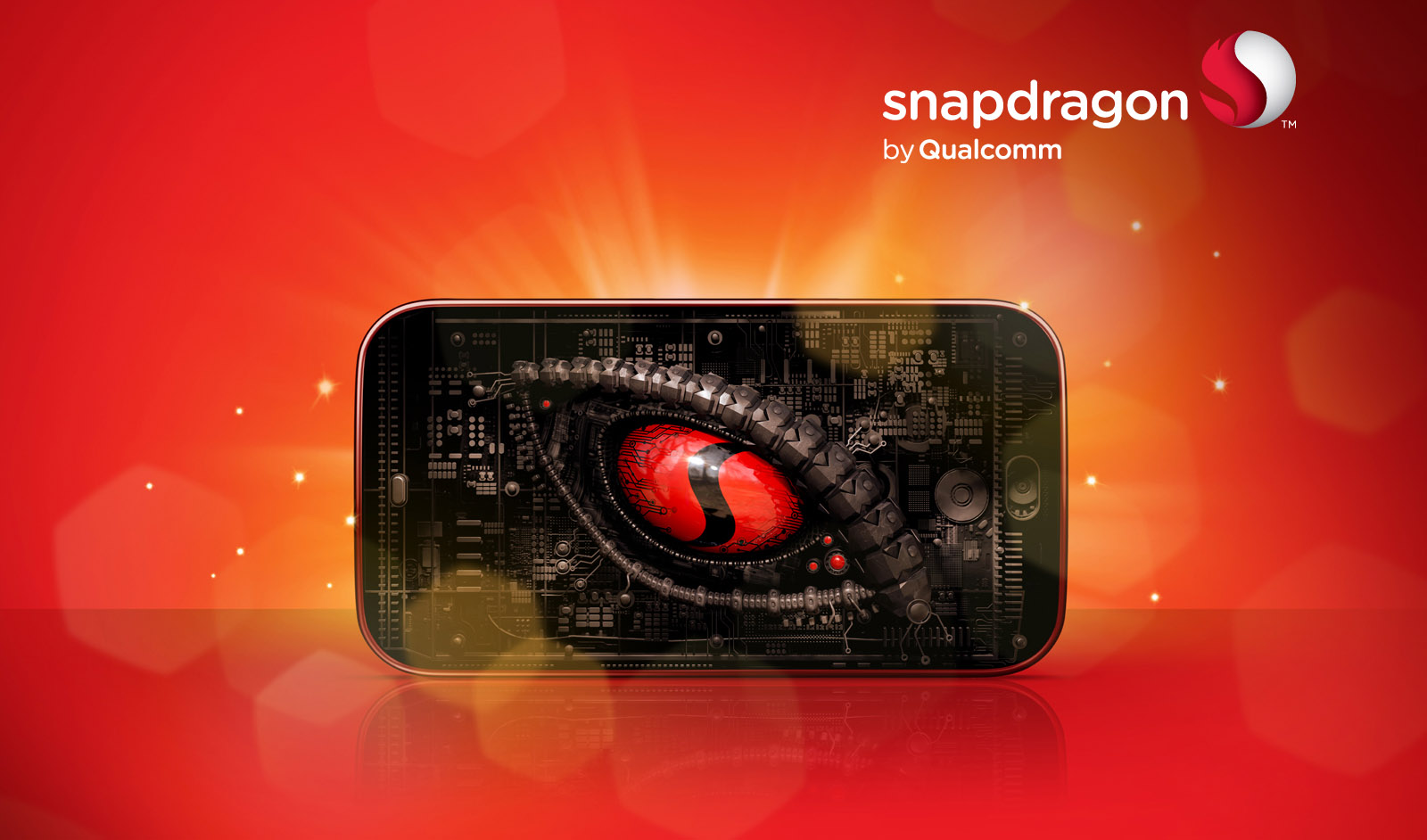San-Diego-based chipmaker Qualcomm is soon coming up with a flagship Snapdragon processor with off-the-shelf options for companies. The new area of focus is active depth sensing using infrared.
Qualcomm is a multinational semiconductor and telecommunications equipment company based out of California. The company is into designing and marketing wireless telecommunication products and services, and it reports that most of its revenue is from chip-making, and the bulk of profits from its patent licensing business.
The company announced that it is pioneering a new active depth sensor that will be seen on the Android devices next year on the second-generation Snapdragon processor. The company started to release some of the information on the upcoming Snapdragon processor – an image signal processor called Spectra is said to be built into the new chip.
“It features a completely new architecture that is engineered to increase image quality and speed, but more importantly, it’s designed for depth sensing in high-resolution and high accuracy — at very low-power,” said Qualcomm.
Qualcomm has already leaked a few tidbits on what is in store for the new chip technology. The company promises that the second generation of Snapdragons will come with advanced image signal processors and improved depth sensing capabilities for camera smartphones, in high-resolution. The new processor is said to be much faster and more accurate than its predecessors. While some of them already exist, the company is making the next generation Snapdragon chip an off-the-shelf product that smartphone makers can make use of.
With Snapdragon 835, the company launched the Spectra Module Program, offering manufacturers pre-built and pre-configured camera setups for companies to just plug-in using the Snapdragon processor. Now, the upcoming second generation Spectra will come with three modules – iris scanning, passive depth sensing and active depth sensing. While the first two already exist, we can expect an improved version. The highlight is the active depth sensor, of course; any smartphone with the new processor will be able to map depth far more accurately than the passive system, and it also adds the ability to work in the low-light situations.
Thanks for visiting. Please support 1redDrop on social media: Facebook | Twitter



